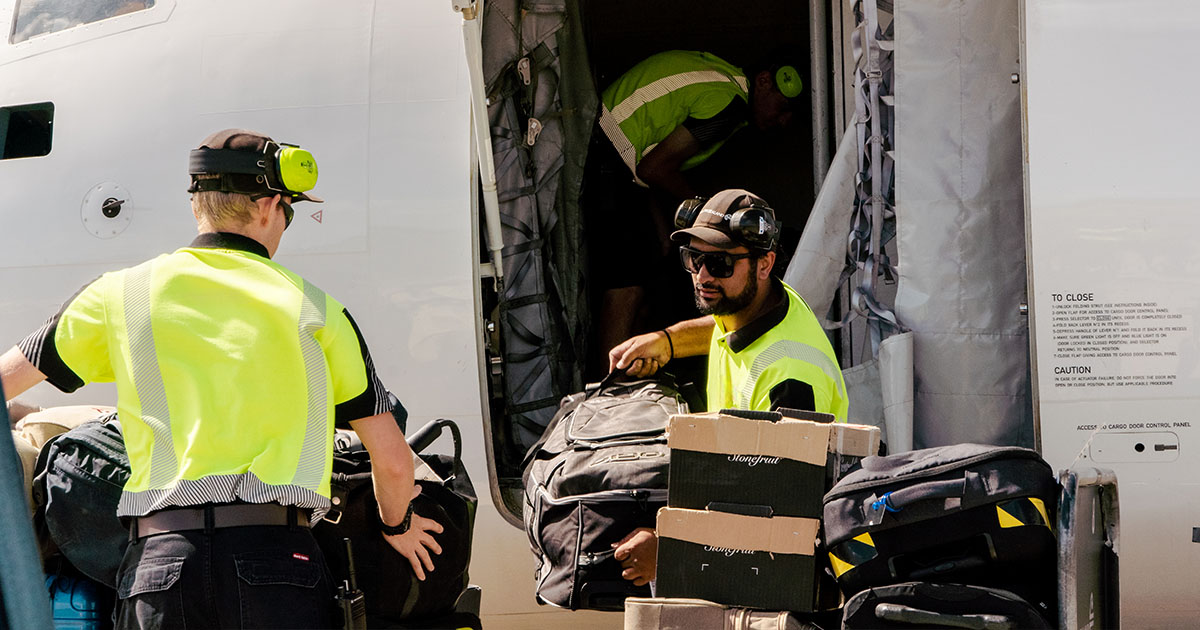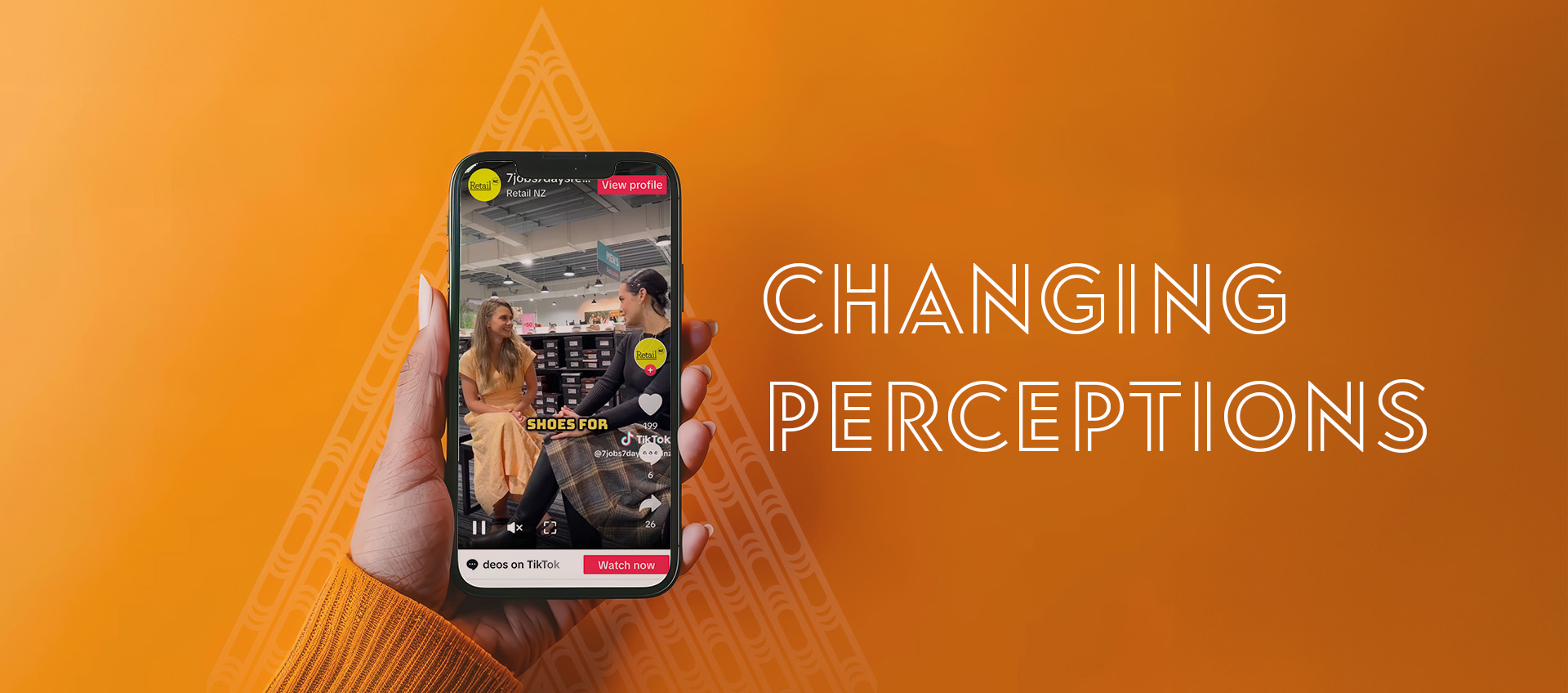New Zealand’s workforce is changing rapidly, with increasing diversity and changing views about what people expect from work and the workplace. Businesses that can respond to these changes are more likely to attract the workforce they want and retain them for longer.
New Zealand’s population is experiencing significant shifts in ethnicity, age, gender roles and disability. The wide range of people within the Service sector each make a unique contribution, and businesses will benefit from intentionally attracting a wide range of potential workers.

Employ Young People NZ Sustainable Business Council article on employment of young people.
Youth Ready Employers – An exciting new toolkit designed to improve the attraction, engagement and retention of young people in the New Zealand workplace.
Workforce – Online resource of high level tips and ideas to attract younger people, especially Gen Z, into the workforce.
Mana in Mahi MSD programme which matches employers with people who are keen to start a career and need extra support to begin and maintain their work and training journey

Employment for disabled people | Employment New Zealand – Information and support for employers, employees and job seekers
Diversity Works – Creating Opportunity: Opening doors to employment for people with disabilities report

Tirohia Ki Tua – Ringa Hora – The impact of Māori in the Service sector
Kele’a – Empowering Pacific Futures in the Service Sector
Pacific Business Trust

Older Workers Toolkit – Specific advice and resources to attract, support and value older kaimahi as part of the workforce.
Jobs for mums – Resources to assist with recruiting mothers and promoting gender diversity in the workforce.
Toitū Takatāpui – steps to gain the Rainbow Tick in support of rainbow community kaimahi.
Whakatāne café and paua pie queen Rikki-Maria Pakuria (Ngāti Awa) has plenty going for her as a business owner: drive, passion, and fearlessness for starters. From modest beginnings during the Covid-19 lockdowns, Rikki-Maria has in a short time opened up a café, a coffee cart, and a seasonal café at a holiday park in Whakatāne.
One thing Rikki-Maria sees the value in is hospitality training, especially learning barista skills, as a way to get started in the workforce. “My overall goal is to teach people how to start a business, because I never had anybody to do that, even at Uni. But you can’t teach that if you don’t have a successful business,” she says. “It’s so hard for kids to come straight out of especially high school, and then you’re just expected to figure out what you want to do. That’s why I want to do it, so they’re inspired.”
People in the workforce have a range of employment options. Many people are looking for work that aligns with their values, gives them purpose and supports their wellbeing, while also offering flexibility and working arrangements that suit their individual needs. People choose to work for great employers, in companies with a good culture. Being deliberate about building a great workplace will attract more and better potential workers, and encourage staff retention.

Flexible solutions: Attracting and retaining the service industry workforce
Advice on flexible working arrangements – Being flexible about how, when and where people work can help to increase engagement and productivity, and help keep turnover low.
Flexible Work Toolkit – Why flexibility can help you get and keep great staff
Top tips to create a more flexible working environment from Diversity Works

Te Uru Tāngata – New Zealand’s national body for workplace diversity, equity and inclusion, with events, resources and support for employers
Diversitas – podcasts, articles and resources
Accessibility in the workplace: Hiring with inclusion – Restaurant Association webinar

Finding balance: Te Whare Tapa Whā – Mental Health Foundation worksheet
Top tips to support mental wellbeing at work from Diversity Works
Reconnect: Mental Health and Wellbeing with Shaun Robinson – Restaurant Association webinar

Team talk: Team development and creating a good fit – Restaurant Association webinar
Toxic team: preventing and managing issues – Restaurant Association webinar
30 ways to boost workplace culture – Free resource on the benefits of improving workplace culture.
Forbes – Detailed international perspective on effective employee retention.

Starting employment – EmploymentNZ have outlined good hiring practices and minimum rights and responsibilities
Checklist before your employee starts – Do you have everything ready to go?
Your employee’s first day/week Being prepared for your employee’s first day at work will set you and your new staff member up for a great relationship.

EmploymentNZ – free e-learning modules to provide you with guidance on your responsibilities as an employer and what you can and can’t do. There are also employee modules that you can encourage your team members to go through.
National Equal Opportunities Network (NEON) – A brief outline of a methodology that highlights characteristics of a ‘good’ employer.
Simple steps to value and invest in your employees – An international perspective on methodologies that supports kaimahi retention and reducing turnover.

One of the big challenges the service sector faces to attract workers is public perceptions about working in the industry. In particular, the perceptions that work conditions aren’t great and that there is limited scope for development, progression and long-term careers. Industry associations and leading businesses are trying to tackle this challenge and change public perceptions. Individual businesses can do their part by improving their own business and supporting the collective work already being done.
We want to build a resilient and capable workforce that enables economically, socially, and culturally thriving people, businesses, and communities.
